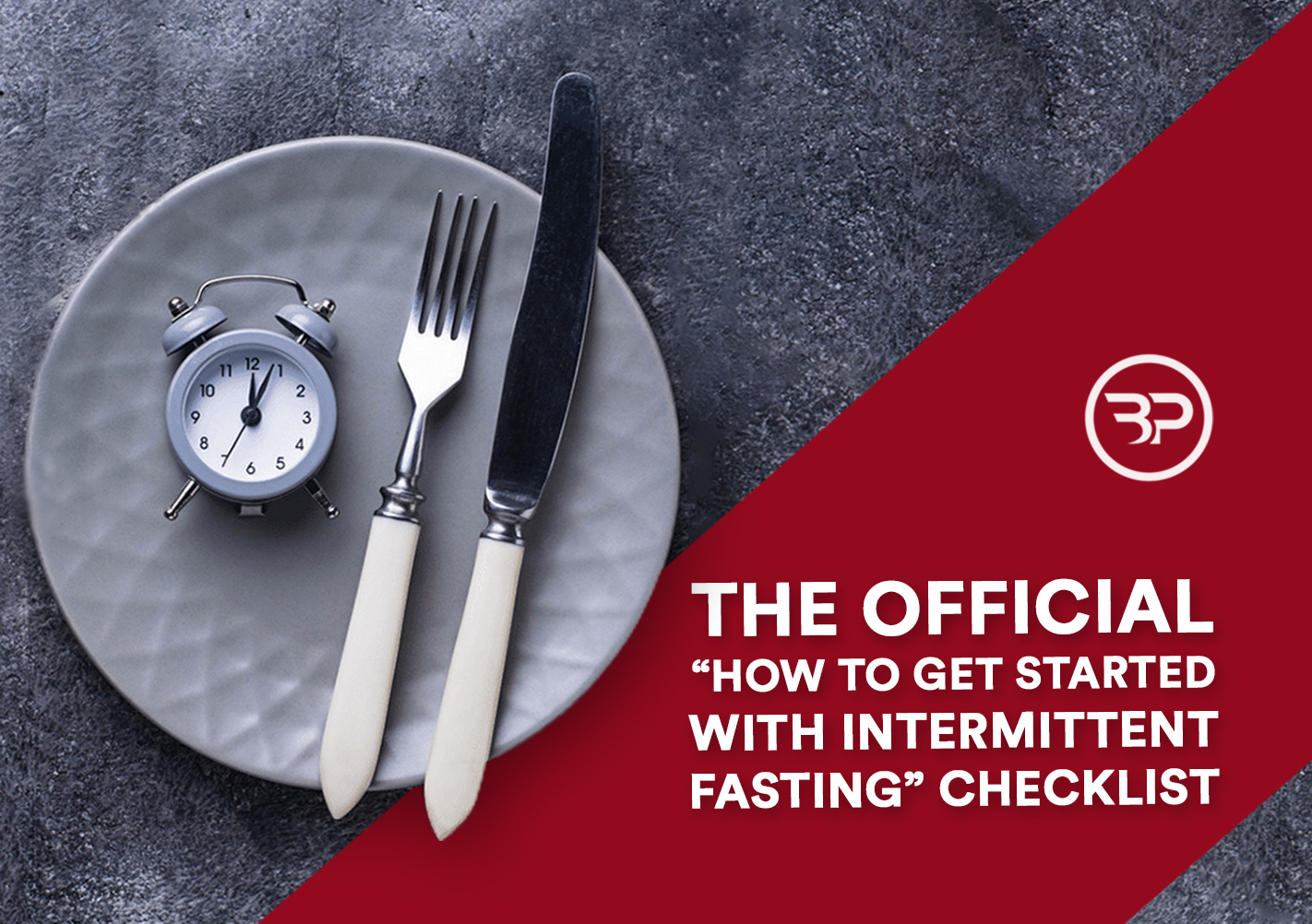Specific Forms of Muscular Strength in Athletes- Explosive Strength
July 22, 2012
Different physical activities require different physiological capabilities. When looking from a sports performance aspect, the body will react positively to any new stimulus in the initial stages.
However, for future advances in strength and performance, adaption becomes much more specialized to the unique physiological demands of the sport. Depending upon the sport and level of mastery the need for specific forms of muscular strength becomes more apparent as the level of competition increases.
For example, as a high school football player a defensive tackle (A) has a full back squat max of 450 lbs, very respectable regardless of size.
This back squat represents maximum strength, or the athletes’ ability to exert maximal isometric muscular force without a time limit. This same athlete does a phenomenal job and is invited to an All Star game with other skilled High School athletes. When lining up and going head to head with another player, the same athlete faces an opponent (B) with a 400 maximum squat, but is much quicker at the snap of the ball. Although athlete A may display a greater maximum strength, as the level of competition increases so does the need for explosive strength, the ability to produce maximal force in a minimal time as displayed by player B.
Explosive strength is the ability to produce maximal force in minimal time. It is very important for the development of power.
Power (P) =Force (F) x Velocity (V)
Well, okay, I don’t play Football, so why do I care about explosive strength and power?
Explosive strength and power are very important to athletes who need to develop force in a short amount of time. This includes activities such as sprinting, cutting, juking, hitting, throwing, swinging, kicking, evading, hoping, and diving. Even at the end of a race a marathon runner sprints to the finish line and can greatly benefit from power training.
Explosive/power training allows for better recruitment of type II fast-twitch muscle fibers, which are built for high force activities, muscular hypertrophy, and allow better recruitment and control of muscles. Explosive training that activates type II muscle fibers is very beneficial for aging populations and the battle against sarcopenia (muscle loss).
How Can I incorporate explosive strength training/power training into my workouts?
Ideally, power training should be performed either before a strength session or as its own session completely. The biggest thing I preach to my athletes and clients is to lift everything explosively because if you are not generating the most muscular force and speed on a movement, you are not training that quality to its full extent. Warming up with the 45lb bar on your bench press? Cool, still perform each rep as if it were a max-out attempt.
Great tools to incorporate into your training after a warm up would be medicine ball throws, body weight plyometrics (jump variations, plyo push ups), Olympic lifts (find a qualified coach such as yours truly), and/or dynamic effort training days (power/strength movements w/20-60% 1RM) with maximal speed.
Training explosive strength is vitally important for athletes, but all populations can benefit. Whether you are trying to dunk a basketball, play a professional sport, or prevent muscle loss with aging, explosive strength training/power training should play a vital role in your fitness regimen.
Verkhoshansky, Yuri, and Mel Siff. SuperTraining. 6. Rome: Verkhoshansky, 2009. 19,107. Print.






